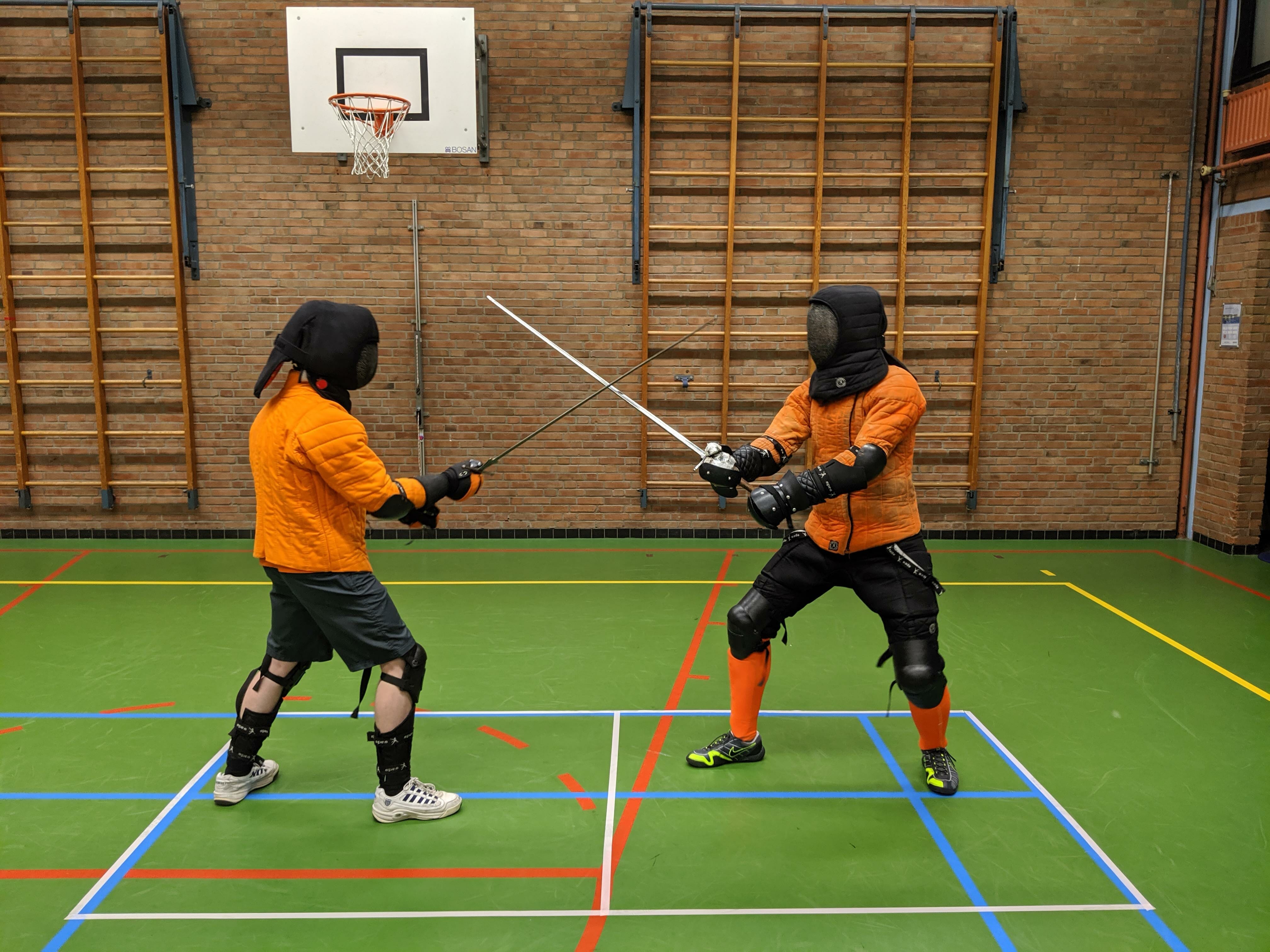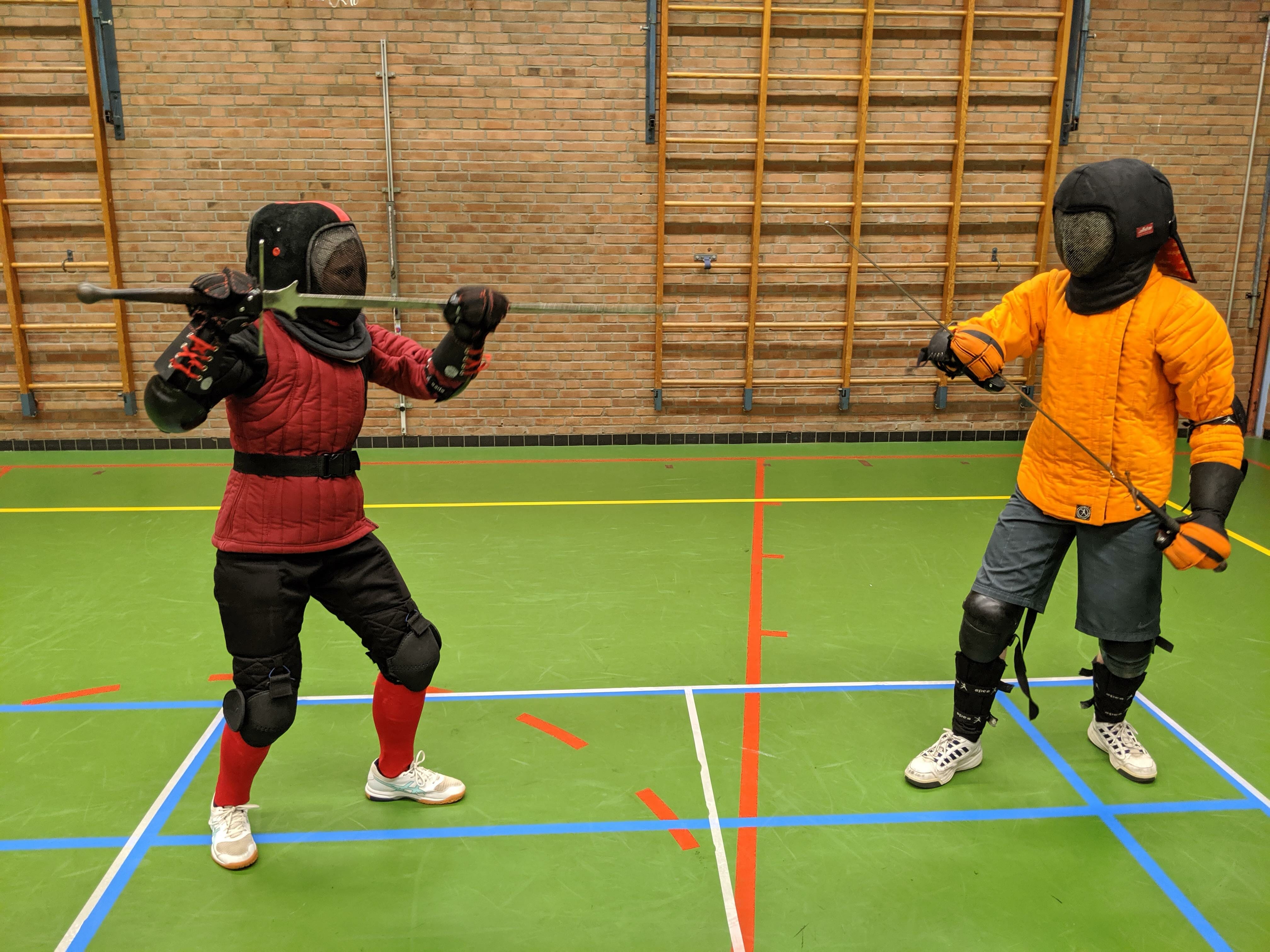Early Dungeons & Dragons had maps in which squares or hexes could range from anywhere between 5 and 10 feet in length.
While D&D 3.0 encouraged the move towards the smaller size, it was D&D 3.5 that made it explicit. The very first page of text (page 4) of the Player’s Handbook, in the introduction, said that while D&D was a game about imagination that it was also a game of three dimensions and the use of a battle map was assumed in all the rules. The D&D 3.5 Dungeon Master’s Guide used a battle grid representing 5 by 5 feet squares.

The use of battle maps is a less prominent feature of D&D 5e although the rise of virtual tabletops like Roll20, Astral and Fantasy Grounds may mean that more gamers are familiar with them. The 5 by 5 rule has stuck.
The chances are pretty high, even if you’ve not been playing for very long, you’ve heard a player question this. Usually, while trying to move through a small area, avoid an attack of opportunity or otherwise be sneaky.
Yes, a 5 by 5 square sounds like a large amount of space. It’s deceptive, though. There’s actually very little room to move around.
Historisch Vrijvechten Nederland
HVN is a fighting school for Historical European Martial Arts, founded by Matthys Kool, and growing in popularity.
This year, students at HVN used tape to mark off 5 by 5 grid squares in their practice area. Then, using a range of different weapons and techniques, they demonstrated one on one melee.
Sword fighting demos in a 5 by 5 squares
Halfswording in 5 by 5 squares
The halfswording technique murders your range but boosts your precision. Typically, if you found yourself up against a heavily armoured rival and needed to hit the weak spot in their armour, you might consider it.

Dagger fighting demo in 5 by 5 squares
You can see more videos and photographs of the 5 by 5 feet melee squares over at Imgur.
If you’re curious about HVN now, and why wouldn’t you be, you can check them out on Facebook too.


